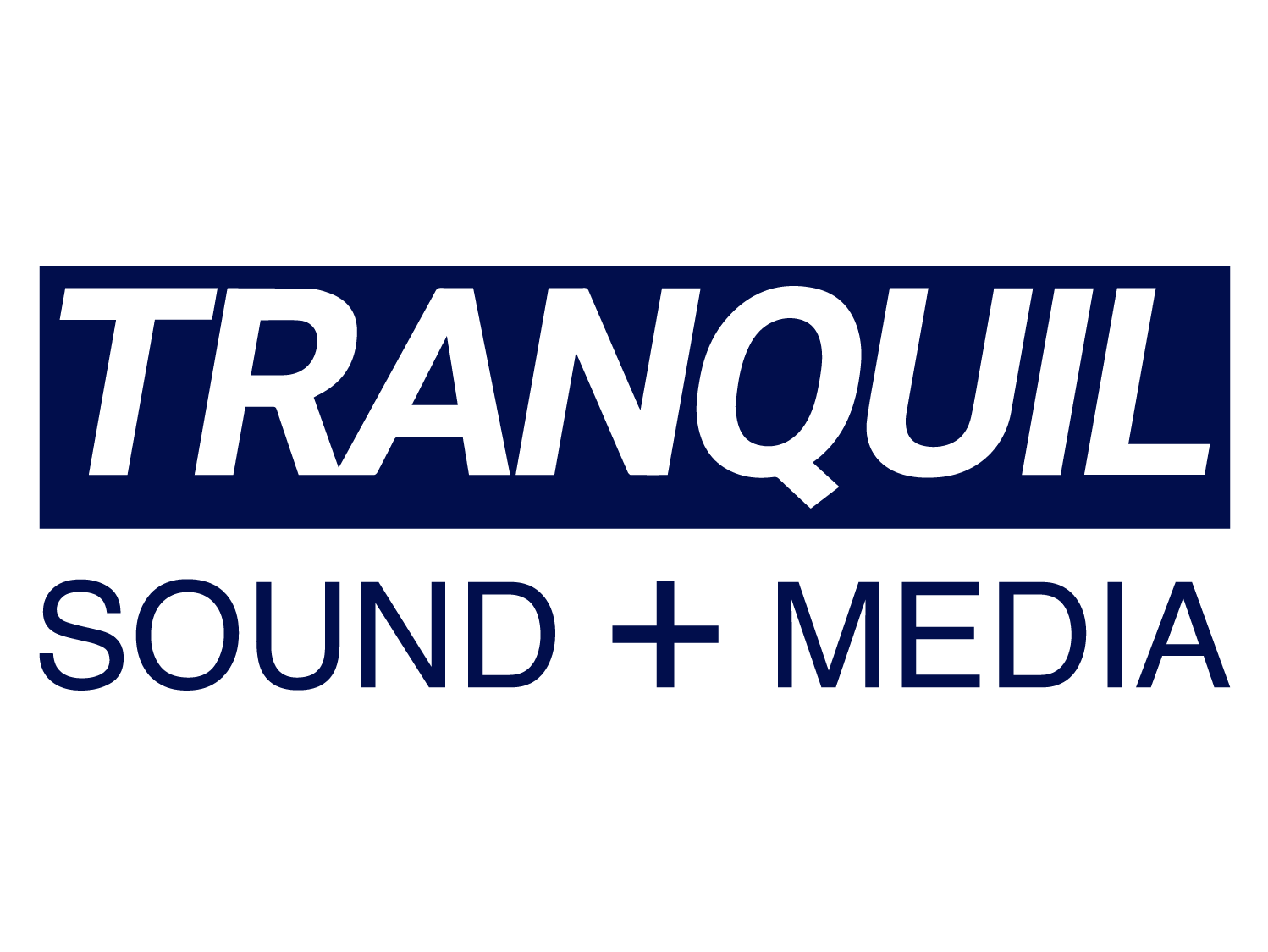
The original YouTube video plan was to record Ismail Hussain (Nasheed Artist) performing in a theatre space whilst I live mix the effects in the background. But now after some careful consideration with myself and my tutors we have chosen to completely change the plan. The new and improved plan is to first book the studio space on B floor.
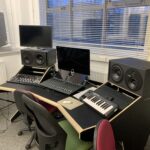
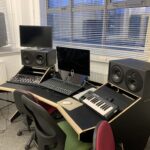


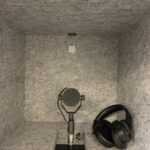
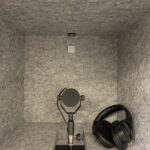
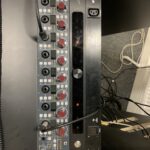
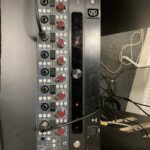

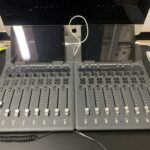
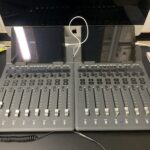
Using the B Floor Studio, I will be recording a review video reviewing 3–4 microphones. The Nasheed artist will be reviewing the microphones using different methods. One being a blind review. Two being open reactions.
MICROPHONE REVIEWS
Shure SM7B
| Rating Metric | Our Rating | User Rating |
|---|---|---|
| Sound Quality | 9.7 | 8.5 |
| Durability / Build Quality | 9.5 | 9.1 |
| Value | 8.0 | 8.3 |
| Design | 9.5 | 8.9 |
- Release Date: 2001
- Price: currently 14% oFF: £379 RRP: £439
- Dimensions: 190 x 148 x 96 mm
- Weight: 765g
THE SHURE SM7B
The Shure SM7B is popular among professional musicians due to its dependable performance, high-quality build, and noise-attenuating technology that allows for clear recordings. This is not a microphone for individuals just starting out in recording; rather, it is intended for aspiring professionals and industry veterans. The uniform frequency response is ideal for all ranges of recording, while the other responses are appropriate for other studio requirements.
WHAT IS IT LIKE TO OWN THE SHURE SM7B
The Shure SM7B demonstrates the company’s attention to detail and emphasis on superior craftsmanship. The graphic of frequency response on the back is fantastic. Two toggles let you to choose one of four different reactions based on the situation (for example, bass rolloff, flat, or presence enhancement). The yoke mounting mechanism is amazing, making it simple to connect and detach the SM7B from your preferred microphone stand. Furthermore, the yoke’s adjustment is smooth, with just enough resistance to keep the microphone in its intended position.
WHO IS THE SM7B FOR?
The Shure SM7B is the right choice for many people IF you have the budget here is our recommendation for who the ShureSM7B is for:
Vocalists: We recommend vocalists save up for the SM7B, as it is the perfect companion for recording a powerful lead vocal.
Professional Audio Mixers: This is also a perfect companion as you can benefit from the rejection of low-frequency electric hums from surrounding equipment.
Podcasters & YouTubers: Can’t forget about you guys. You will really enjoy the microphones clear space capture. Even if you can’t afford professional room treatment, the off-axis rejection on the SM7B helps to mitigate any unwanted background noise.
SHOULD YOU BUY THE SHURE SM7B?
Consider purchasing the Shure SM7B microphone if you’re looking for a more practical option. Shure is a legacy audio brand that has earned and maintained its reputation over decades of dependable, long-lasting, high-quality audio products. Shure’s microphones have been used by presidents, pop icons, and newscasters. The Shure SM7B is one of the company’s many high-quality products. The Shure SM7B is ideal for recording solo performers or personal podcast projects.
Shure BETA 58A
The Shure Beta 58A is a high-performance supercardioid microphone that can produce clear vocals without breaking the bank. It has a fairly bright but unobtrusive character and clarifies vocals without overdoing in the higher range. It offers a linear response over the whole vocal range, which is particularly appreciated by varied performers. Overall, this microphone is quite straightforward to use for both singers and sound engineers. It is also really durable, and the feedback is not an issue! Definitely an excellent buy; nonetheless, more costly mics perform somewhat better in terms of smoothness and subtlety.
| Pros | Cons |
|---|---|
| Excellent gain before feedback | Lacks subtlety |
| Good versatility, works for everyone | Not as smooth compared to more expensive mics |
| Delivers nice and clean vocals | |
| Great performance for the money | |
| Quality build, reliable | |
| Easy to use |
Overall score: 8.3/10 VERY GOOD
Sound & quality
First of all, let’s have a close look at the frequency response of Beta 58A. Comparing to the SM58, you can see that there is less low end overall and it rolls off more naturally too. This is why the mic no longer suffers from the excessive mud and unnatural low end, for which SM58 is infamous. The boost that is responsible for the brightness, seen in 3 to 4 kHz range reveals a very smooth transition. On the other hand, SM58 has this transition in 2 to 3 kHz range and it starts a bit too abruptly. This is the point where it gets to sound honky, whereas Beta 58A remains “cool” and natural.
In the high frequency range, Beta 58A does not have as many bumps as SM58 and so it sounds smoother and less sibilant. If you notice, the frequency response extends well above 10 kHz, and it’s awesome too. There is however a 90 degree joint at 6.3 kHz, suggesting a resonant point but it’s not that bad if you listen to it. At this frequency range, our ability to discern sounds starts to diminish rapidly, so it may as well go unnoticed. Nevertheless, some degree of harshness is there, but that is why they produce more expensive mics. At this price range, without doubts, Shure Beta 58A is an excellent performer.
The transient response has been improved too compared to the SM58, and as a result Beta 58A is better at reproducing all the details and subtleties. Nevertheless, in terms of clarity it lacks behind compared to the Sennheiser e945. Comparing to Shure Beta 87A, the difference is even more dramatic. As a condenser, Beta 87A is much more sensitive and literally hears almost everything. When performing on cluttered stages this can also turn into a disadvantage, especially in proximity to cymbals, so despite being an overall better mic, in some situations you may actually prefer Beta 58A.
There is yet another improvement compared to the SM58. Shure Beta 58A has a better voltage gain and requires less amplification. This translates to better SNR and less impact from EMI interference. The gain before feedback of this mic is excellent, and it even beats the expensive units! There are three reasons to it. First, of course is the capsule that has been made less resonant. Second is the improved insulation from the body that helps to eliminate low frequency feedbacks due to physical vibrations. Third, it is designed for close proximity and simply put it will be less sensitive to other inputs i.e. PA system.
Currently: 6% OFF: £159.00
Was: £169.00
Rode NT1 GEN 5
If you are unfamiliar with the NT1, it is a large diaphragm condenser microphone. These mics are typically ideal for vocals, but they can also serve as excellent all-around microphones. They also sound great on most instruments.
Until now, the NT1 was a standard studio microphone, with a 3-pin XLR connector. To use these, you will need some type of recording interface. These interfaces offer high-quality preamplifiers and analog-to-digital converters. You plug the microphone into the interface, which then connects to your computer via USB cable.
What is New?
So what is different about his new 5th generation of the NT1?
Quieter
One is that they improved the electronics to make it extremely quiet. It was already fairly quiet, with no noise coming from the microphone itself. But now they claim it is the “world’s quietest studio condenser microphone.”
Hybrid
Another distinguishing feature is that it is not simply a standard XLR microphone. You can also use it as a USB microIt has a USM plug next to the three-pin connector. So, in USB mode, you simply plug it into your computer; no interface is required! It’s a hybrid XLR/USB mic.
32-Bit Float
The 32-bit float is a significant feature for some users. Don’t worry about the math involved or what it means for now. If you’re interested in delving into it, there are plenty of resources available on Google. What’s more important at the moment is understanding what it does.
So, in USB mode, if you enable 32-bit float, it will be impossible to ruin your audio by overloading the microphone while recording! If you accidentally set the input gain too high, it can cause your audio to clip, resulting in distorted sound. However, when editing, you can simply decrease the audio level until the overloaded waveform is below the maximum of 0dB, and the audio will be restored to its original quality. It will be as if it had never clipped in the first place!
If you have ever recorded audio at a high volume and it turned out distorted due to clipping, you know how frustrating it can be. Clipping produces a sound like this [play distorted sample], which ruins the audio. No matter how much you try to fix it by reducing the volume or using de-clipping editing tools, the audio remains damaged. The only solution is to re-record it.
But with a 32-bit float. It is literally and mathematically impossible to ruin. Turning it down makes it sound completely normal.
This news is a game-changer! It has the potential to impact everything going forward.
